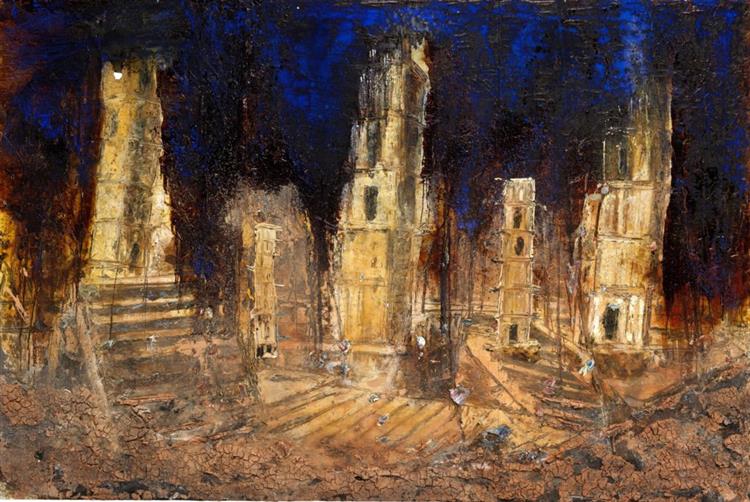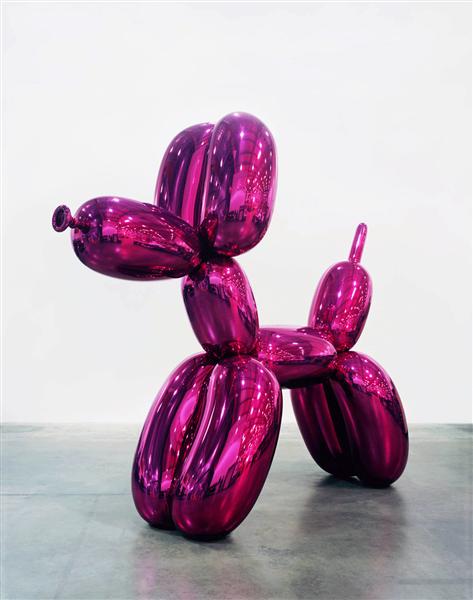Introduction to Contemporary Art

Strictly speaking, the term “contemporary art” refers to art made and produced by artists living today. Today’s artists work in and respond to a global environment that is culturally diverse, technologically advancing, and multifaceted. Working in a wide range of mediums, contemporary artists often reflect and comment on modern-day society. When engaging with contemporary art, viewers are challenged to set aside questions such as, “Is a work of art good?” or “Is the work aesthetically pleasing?” Instead, viewers consider whether art is “challenging” or “interesting.” Contemporary artists may question traditional ideas of how art is defined, what constitutes art, and how art is made, while creating a dialogue with—and in some cases rejecting—the styles and movements that came before them.

Since the early 20th century, some artists have turned away from realistic representation and the depiction of the human figure and have moved increasingly towards abstraction. Contemporary artists working within the postmodern movement reject the concept of mainstream art and embrace the notion of “artistic pluralism,” the acceptance of a variety of artistic intentions and styles. Whether influenced by or grounded in performance art, pop art, Minimalism, conceptual art, or video, contemporary artists pull from an infinite variety of materials, sources, and styles to create art. For this reason, it is difficult to briefly summarize and accurately reflect the complexity of concepts and materials used by contemporary artists.

Questions such as “What is art?” and “What is the function of art?” are relatively new. Creating art that defies viewers’ expectations and artistic conventions is a distinctly modern concept. However, artists of all eras are products of their relative cultures and time periods. Contemporary artists are in a position to express themselves and respond to social issues in a way that artists of the past were not able to. When experiencing contemporary art, viewers use different criteria for judging works of art than criteria used in the past. Instead of asking, “Do I like how this looks?” viewers might ask, “Do I like the idea this artist presents?” Having an open mind goes a long way towards understanding, and even appreciating, the art of our own era.[1]

